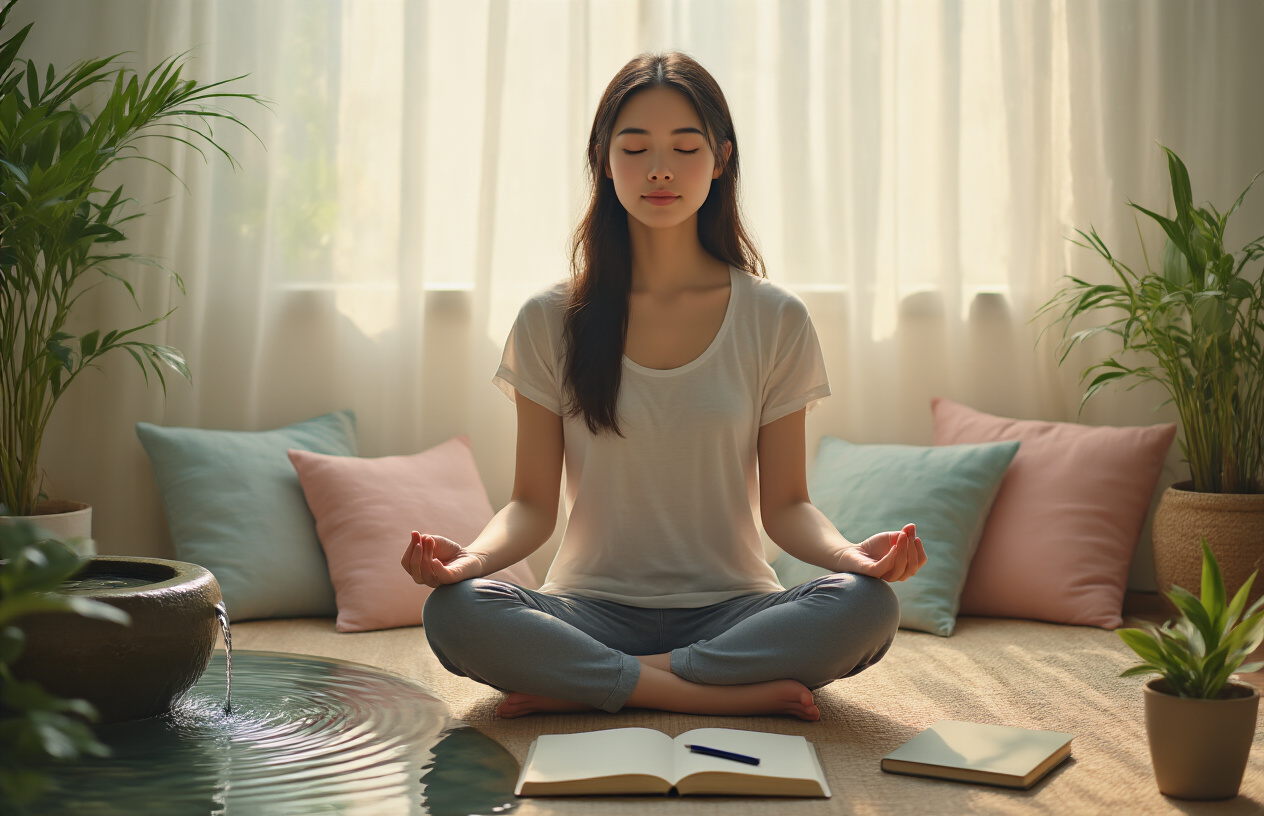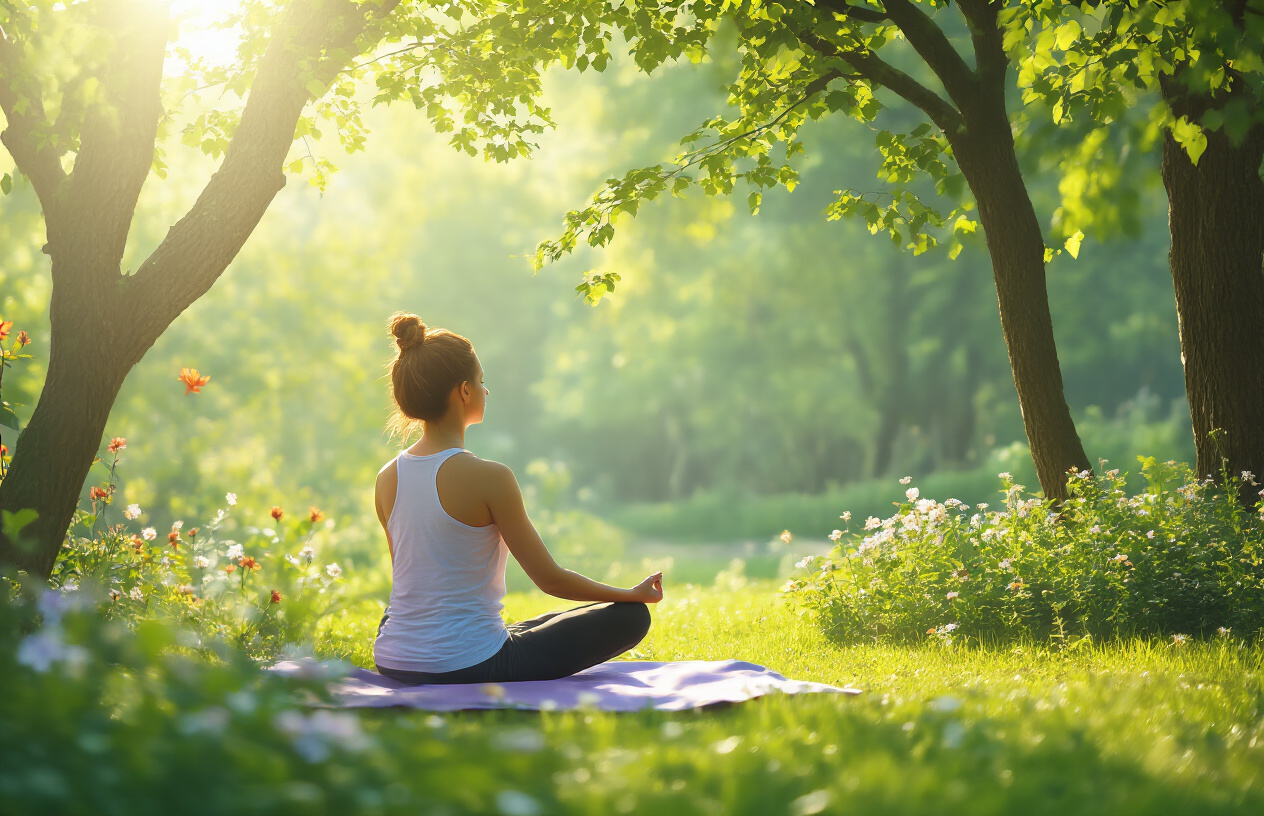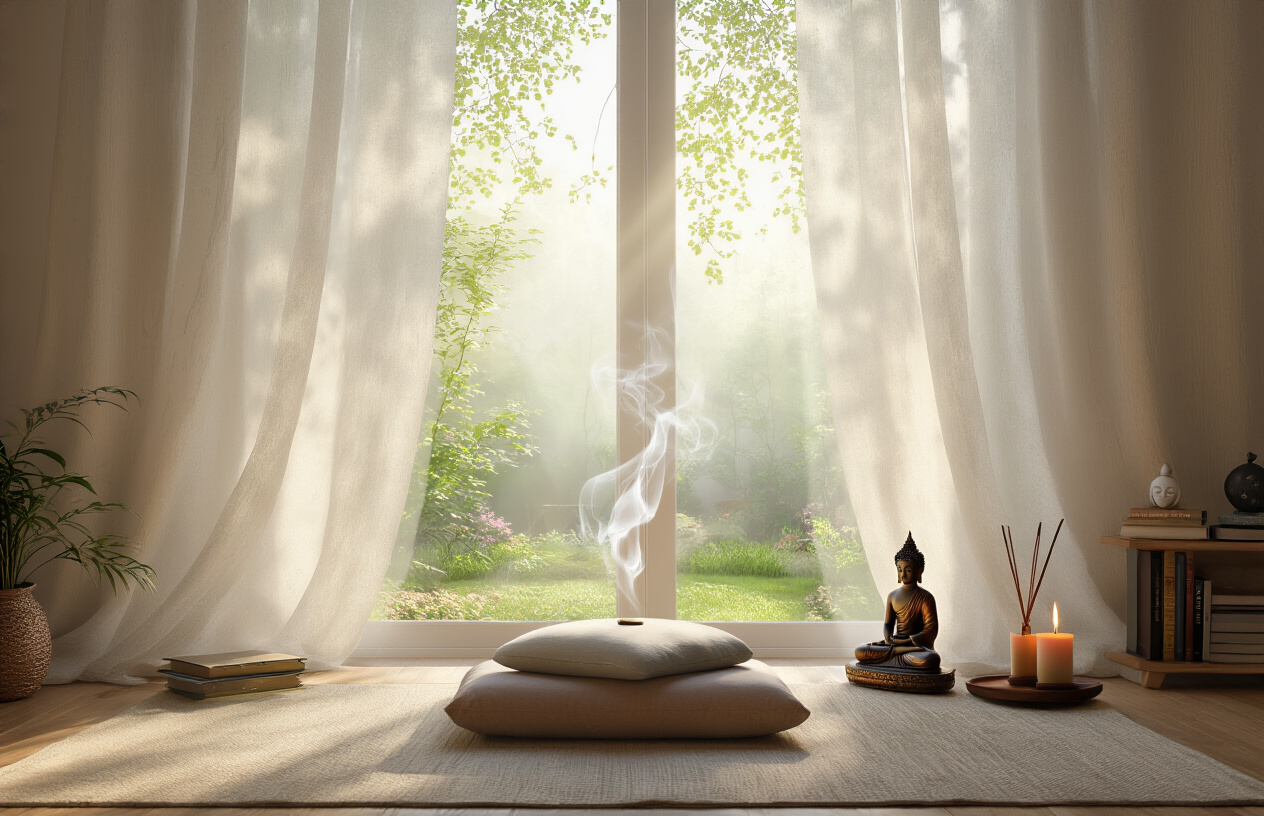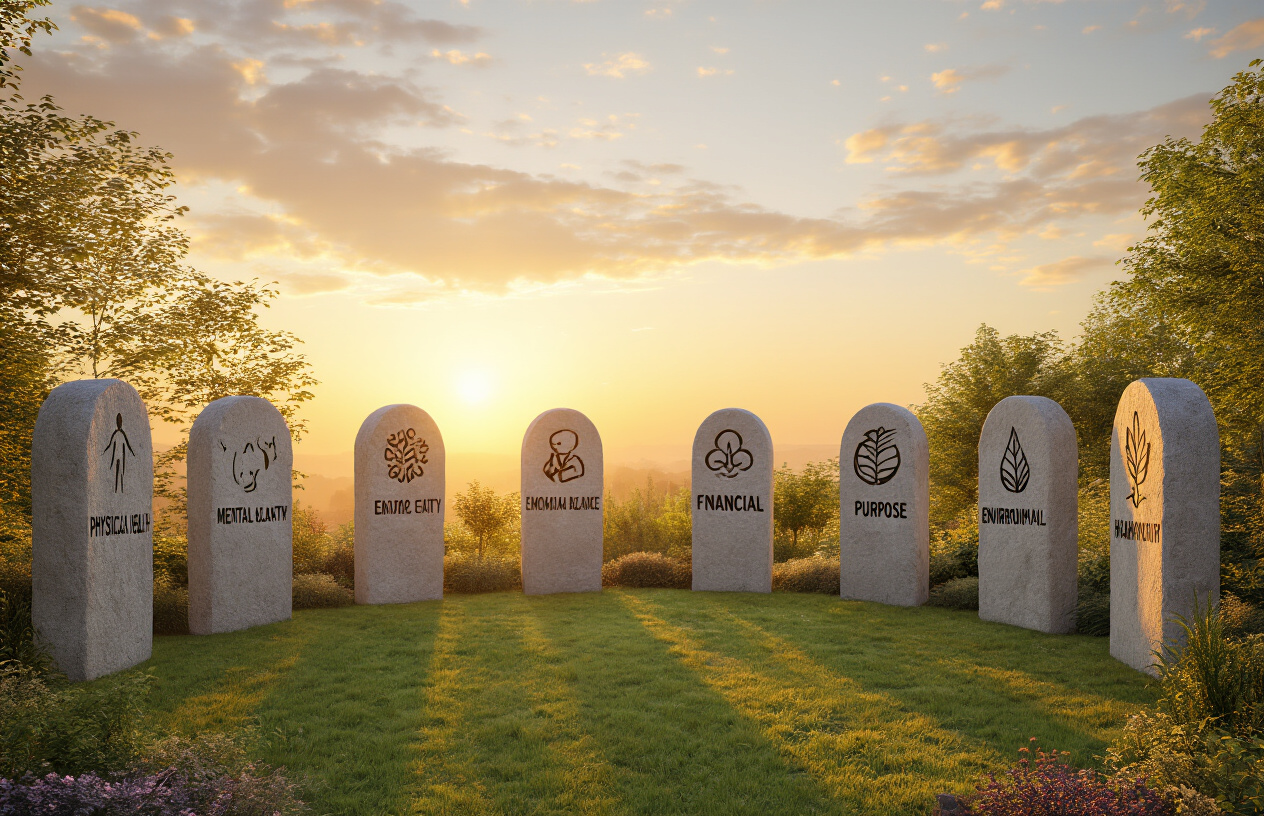
Ever felt your entire wellbeing reduced to a number on a scale? Yeah, me too. It’s ridiculous when you think about it. Your wellbeing isn’t just about eating kale or hitting 10,000 steps—it’s so much deeper than that.
I’m going to walk you through the 7 essential elements of wellbeing that actually matter in real life. Not the Instagram version, but the messy, beautiful reality we all live in.
The truth is, understanding these seven dimensions can completely transform how you approach your health journey. They connect in ways you might not expect.
But here’s what most “wellness experts” won’t tell you about these elements—they’re not equally important for everyone. The secret lies in how they uniquely blend for you…
Physical Health: The Foundation of Wellbeing

Nutrition for Optimal Energy and Performance
Your body is basically a machine that runs on food. Feed it junk, and you’ll feel like junk. It’s that simple.
Most of us know this, but still reach for that donut instead of an apple. Why? Because sugar hits different. But here’s the thing – that crash afterward is your body screaming for real nutrition.
Want all-day energy? Focus on these power players:
- Protein: Builds and repairs everything from muscles to brain cells
- Complex carbs: Your sustainable energy source (think sweet potatoes, not white bread)
- Healthy fats: Brain food that keeps you satisfied
- Colorful veggies: Nature’s multivitamin
Forget those complicated diets. Just ask: “Did this come from the earth or a factory?” The more natural foods you eat, the better you’ll feel.
Exercise Routines That Boost Mood and Fitness
Exercise isn’t just about looking good naked. It’s about feeling awesome in your own skin.
The magic happens when you move your body and your brain releases those feel-good chemicals. A 30-minute workout delivers hours of natural high – no side effects except maybe some muscle soreness.
Can’t stand the gym? No problem. The best exercise is whatever you’ll actually do:
- Dancing in your living room counts
- Walking your dog counts
- Taking the stairs instead of the elevator counts
Consistency trumps intensity every time. Three 20-minute sessions beat one killer workout you need a week to recover from.
Sleep Quality and Its Impact on Daily Function
We’re a sleep-deprived society bragging about our exhaustion like it’s a badge of honor.
“I’ll sleep when I’m dead” is the battle cry of the chronically tired. But here’s the irony – skimping on sleep is literally shortening your life.
Your brain needs those 7-9 hours to:
- Process emotions (so you don’t snap at your partner)
- Consolidate memories (so you don’t forget important stuff)
- Clear out cellular junk (protecting against serious diseases)
Quality matters as much as quantity. Those 8 hours won’t help if you’re scrolling Instagram for half of them.
Preventative Health Practices for Longevity
Taking care of your health before you’re sick is like saving money before you need it. Small deposits add up to big returns.
Annual check-ups feel like a waste of time until they catch something early. That blood pressure reading might be boring, but it’s telling you something important.
Smart prevention isn’t complicated:
- Wash your hands (seriously, it works)
- Get those recommended screenings
- Manage stress before it manages you
- Build social connections (loneliness is literally toxic)
Your 80-year-old self will thank you for the investments you make today. Future you deserves that gift.
Mental Clarity and Emotional Balance

Stress Management Techniques That Work
Ever noticed how stress follows you like a shadow? We all deal with it, but some people seem to handle it better than others. They’re not superhuman – they’ve just found techniques that actually work.
Deep breathing isn’t just some woo-woo concept. When you’re freaking out about a deadline, try this: breathe in for 4 counts, hold for 7, exhale for 8. Do this five times. Your racing heart will slow down. That’s science, not magic.
Physical movement crushes stress like nothing else. A 20-minute walk can reset your brain when you’re overwhelmed. Can’t leave your desk? Even stretching for 2 minutes works wonders.
Boundaries might be the most underrated stress-buster. Saying “no” to that extra project isn’t selfish – it’s necessary maintenance.
Cultivating Positive Thought Patterns
Our brains love negative thinking. It’s like they’re programmed to find problems everywhere. Breaking this habit takes work, but it’s totally doable.
Start catching yourself in negative spirals. When you think “I’m going to bomb this presentation,” pause and ask: “What’s the evidence?” Usually, there isn’t any.
Gratitude isn’t just for Instagram captions. Actively noting three good things daily rewires your brain to spot positives automatically.
The people around you shape your thoughts more than you realize. Hanging with chronic complainers? Their negativity is contagious.
Mindfulness Practices for Daily Mental Health
Mindfulness isn’t about emptying your mind or sitting cross-legged for hours. It’s simply paying attention to now.
Try this: While brushing your teeth, focus completely on the sensation. The minty taste. The brush movement. When your mind wanders (it will), gently bring it back. Congratulations – you just practiced mindfulness.
Eating mindfully transforms an ordinary lunch into a mental health moment. Put away your phone. Notice textures, flavors, and how your body feels.
Body scan exercises are perfect for bedtime anxiety. Starting at your toes, notice each body part, relaxing it before moving upward. By the time you reach your head, you’ll feel significantly calmer.
The 5-4-3-2-1 technique stops anxiety attacks in their tracks. Name 5 things you see, 4 things you can touch, 3 things you hear, 2 things you smell, and 1 thing you taste. It’s like a reset button for your overwhelmed brain.
Social Connections and Relationships

Building Meaningful Friendships
Ever notice how a good chat with a friend can turn your whole day around? That’s not just in your head. Strong friendships literally boost your mental health, giving you someone to lean on when life gets messy.
But here’s the thing – quality trumps quantity every time. Having three ride-or-die friends beats having 300 acquaintances who barely know your middle name.
Finding your people takes effort. Try:
- Joining clubs or classes based on what you actually enjoy
- Being the person who initiates (scary, I know)
- Showing up consistently for others
- Listening more than you talk
Friendships need maintenance just like anything else valuable. Regular check-ins, remembering important dates, and being present during tough times cements these bonds.
Family Bonds That Support Wellbeing
Family relationships shape us in ways we don’t fully appreciate until we’re older. These connections provide our earliest template for how relationships work.
Healthy family dynamics include:
- Open communication without judgment
- Respecting differences in opinions and choices
- Celebrating achievements (big and small)
- Supporting each other through failures
Not everyone has picture-perfect family situations. Sometimes creating your chosen family becomes essential for wellbeing. Either way, nurturing these core relationships provides stability during life’s inevitable storms.
Setting Healthy Boundaries in Relationships
Boundaries aren’t walls – they’re guidelines that help relationships thrive. Without them, resentment creeps in faster than you can say “I’m fine” when you’re definitely not fine.
Clear boundaries look like:
- Being comfortable saying no without guilt
- Communicating your needs directly
- Respecting others’ limits
- Understanding where you end and others begin
The hardest part? Actually enforcing your boundaries. But stick with it – people who truly value you will adjust.
Community Involvement and Its Benefits
Humans aren’t meant to go it alone. We’re wired for community connection. Getting involved locally creates a sense of belonging that’s increasingly rare in our digital world.
Community involvement can be:
- Volunteering with organizations you care about
- Attending neighborhood events
- Joining local groups (book clubs, sports teams, etc.)
- Supporting community initiatives
These connections create a support network extending beyond your immediate circle. They give you purpose, reduce isolation, and provide perspective on your own challenges.
The ripple effect works both ways – as you contribute to your community, you strengthen your own sense of wellbeing too.
Purpose and Meaning

Discovering Your Core Values
Ever noticed how some people just seem to know where they’re heading in life? They’ve got this inner compass guiding their decisions. That’s not magic – it’s clarity about their core values.
Your core values are like your personal rulebook. They’re the principles that matter most to you, whether it’s creativity, family, honesty, or adventure.
To uncover yours, ask yourself:
- What makes you lose track of time?
- When have you felt most proud?
- What would you stand up for, even if you stood alone?
Try this quick exercise: Write down 10 moments when you felt truly alive and fulfilled. Look for patterns. Those recurring themes? Those are your values peeking through.
Setting Meaningful Goals That Energize You
Goals without purpose are just items on a to-do list. But goals aligned with your values? Those light you up from the inside.
The difference is simple:
- Regular goal: “I want to start a business”
- Meaningful goal: “I want to start a business that helps people connect with nature because environmental stewardship drives me”
See how the second one has a “because” attached? That’s where the energy comes from.
Create goals that make you jump out of bed in the morning, not hit snooze. When your goals match your values, motivation becomes automatic.
Aligning Daily Actions with Personal Mission
Here’s where the rubber meets the road. Your day-to-day choices either move you toward your purpose or away from it.
Most people drift through their days on autopilot. But you’re not most people, right?
Try conducting a “purpose audit” of your calendar. Look at how you spent your time last week. Which activities aligned with your values and goals? Which ones didn’t?
This isn’t about being productive every second. It’s about being intentional. Sometimes watching Netflix aligns perfectly with your value of rest or connection if you’re sharing that experience with loved ones.
Small shifts make big differences. Could you add a 15-minute daily practice that reinforces your purpose? Maybe it’s journaling, meditation, or sending an encouraging message to someone.
Financial Stability

Creating a Sustainable Budget
Money stress keeping you up at night? You’re not alone. The foundation of financial wellbeing starts with a budget that actually works for your life.
Stop thinking of budgeting as a punishment. It’s actually freedom in disguise. Track where your money goes for two weeks—you’ll probably be shocked at the coffee shop spending (I was!).
Try the 50/30/20 rule: 50% for needs, 30% for wants, and 20% for savings. Adjust these percentages to fit your reality. The best budget is one you’ll actually stick with.
Digital tools make this easier than ever. Apps like Mint, YNAB, or even a simple spreadsheet can transform your relationship with money overnight.
Building Emergency Savings for Peace of Mind
Life throws curveballs. Your car breaks down, your tooth cracks, your roof leaks.
Start small—aim for $1,000 as your initial emergency fund. Then build toward covering 3-6 months of essential expenses.
Where to stash this cash? High-yield savings accounts give you both accessibility and a little growth. Don’t overthink this part—the important thing is having the money available when you need it.
The mental relief of knowing you can handle unexpected expenses? Priceless.
Mindful Spending Habits
We all waste money. Those subscription services you forgot about? The impulse buys? They’re budget killers.
Try the 24-hour rule for non-essential purchases over $50. Sleep on it. Most impulse buys lose their appeal overnight.
Ask yourself: “Will this purchase still matter to me next month?” If not, maybe skip it.
Cash can help too. Physical money feels more “real” than tapping a card. Studies show people spend 12-18% less when using cash instead of cards.
Long-term Financial Planning for Security
Financial security isn’t just about today—it’s about setting up your future self.
Retirement accounts are your best friends. That employer 401(k) match? It’s free money. Take it.
Pay yourself first by automating your savings. When money moves automatically to savings before you see it, you adapt to living on what’s left.
Investment doesn’t have to be complicated. Low-cost index funds are the secret weapon of many millionaires.
Remember: the best time to start was yesterday. The second best time is today.
Environmental Wellness

Creating Spaces That Promote Calm and Focus
Your surroundings shape your wellbeing more than you might realize. Think about it – have you ever noticed how a cluttered desk makes your mind feel scattered too?
Start by decluttering. Not in the “throw-everything-away” sense, but by asking “Does this serve me or stress me?” for each item. A tidy space creates mental breathing room.
Light matters tremendously. Harsh fluorescents drain your energy while natural daylight boosts mood and productivity. Can’t access much natural light? Full-spectrum bulbs mimic sunlight surprisingly well.
Color affects us on a primal level. Blues and greens calm the nervous system, while warmer tones energize. Pick colors that match what you need from each space.
Sound is another invisible influence. Background noise at around 70 decibels actually improves creative thinking, while complete silence helps with focused work. Noise-cancelling headphones might be your best investment this year.
Nature Connection for Mental Restoration
Nature isn’t just pretty – it’s medicine for your mind.
The research is clear: even 20 minutes in a park significantly lowers stress hormones. Your brain literally relaxes in green spaces.
No forest nearby? No problem. Studies show that even looking at nature photos or having houseplants improves focus and mood. That snake plant on your desk isn’t just decoration – it’s boosting your cognitive function.
Forest bathing – the Japanese practice of mindfully experiencing woodland environments – reduces blood pressure and anxiety. Try it by simply sitting quietly among trees, using all your senses to take in the experience.
Water features particularly soothe our brains. The sound of flowing water triggers a relaxation response similar to meditation. That desktop fountain isn’t just ambient noise – it’s rewiring your stress response.
Reducing Toxic Exposures in Daily Life
The average home contains over 500 chemicals that weren’t around a century ago. Many disrupt hormones, trigger allergies, or worse.
Start with what touches you most: bedding, clothing, and personal care products. Opt for natural fibers and ingredients you recognize.
Indoor air quality often surprises people – it’s typically 2-5 times more polluted than outdoor air. Open windows daily, use HEPA filters, and bring in air-purifying plants like peace lilies.
Your cleaning products might be doing more harm than good. Vinegar, baking soda, and castile soap handle most cleaning needs without the respiratory irritants.
Plastic food storage leaches chemicals into food, especially when heated. Glass containers are an easy upgrade that pays health dividends.
Spiritual Growth and Inner Peace

A. Practices That Nurture Your Spirit
Spiritual wellbeing isn’t about religion—unless that’s your thing. It’s about finding what lights you up from within.
Try meditation. Five minutes a day is all you need to start. Just sit, breathe, and watch your thoughts float by like clouds. No judging, no chasing.
Prayer works wonders for many. It’s a direct line to whatever higher power speaks to you.
Nature walks? Pure magic. There’s something about trees and sky that puts life in perspective. Next time you’re stressed, kick off your shoes and feel the grass between your toes.
Journaling unlocks doors to your inner world. Scribble whatever comes to mind. The gems often appear when you stop trying so hard.
B. Finding Connection to Something Larger
We’re tiny specks in this vast universe, yet somehow part of something enormous.
Community service creates instant connection. Help at a soup kitchen. Visit elderly neighbors. Plant trees. The ego shrinks when you serve others.
Spiritual texts contain wisdom that’s survived centuries for good reason. Browse until something clicks.
Join groups that share your values—whether it’s a meditation circle, church community, or environmental activists.
Wonder is free medicine. Stare at stars. Listen to waves crash. Stand beneath ancient trees. Feel small in the best possible way.
C. Gratitude Rituals for Daily Contentment
Gratitude flips the script from “not enough” to “look at all I have.”
Morning ritual: Name three things you’re thankful for before your feet hit the floor. Simple but game-changing.
Gratitude walks work too. Notice five beautiful things—a child’s laugh, cloud shapes, fresh bread smell—while walking anywhere.
Gratitude letters heal relationships. Write to someone who changed your life. Send it or don’t—the magic happens in the writing.
Dinner table gratitude transforms family time. Each person shares one good thing from their day, no matter how small.
D. Reflection Practices for Personal Growth
Growth happens in the pauses.
Weekly reviews aren’t just for businesses. Sunday evenings, ask yourself: What worked this week? What didn’t? What did I learn?
Values check-ins keep you aligned. Monthly, ask: Did my actions match my values? Where did I compromise? Why?
Life mapping gives perspective. Draw your life’s journey with peaks (highs) and valleys (lows). Patterns emerge that show how far you’ve come.
Forgiveness practice—for yourself and others—clears space for new growth. Old grudges are heavy. Put them down.
Spiritual growth isn’t complicated. It’s consistent small practices that open your heart wider each day.

Achieving true wellbeing requires attention to all seven essential elements that work together as an integrated system. Physical health creates the foundation upon which mental clarity and emotional balance can flourish. Our social connections provide support while our sense of purpose gives direction. Financial stability removes unnecessary stress, environmental wellness connects us to our surroundings, and spiritual growth helps us find inner peace.
Take time today to evaluate each area of your wellbeing. Where are you thriving, and which elements need more attention? Remember that wellbeing is not a destination but a journey of continuous growth and balance. By nurturing these seven essential elements, you create a life of greater fulfillment, resilience, and joy—one intentional choice at a time.

